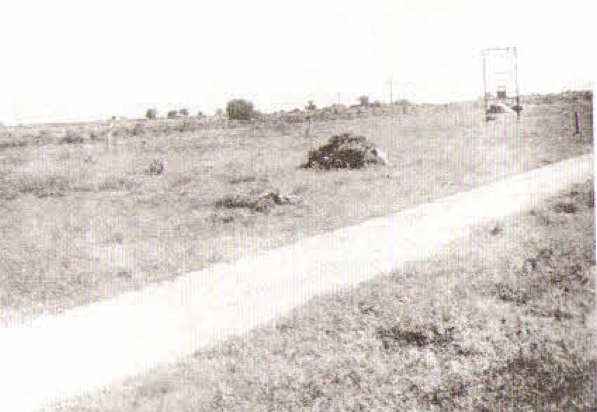It has often been remarked that we are, as a nation, poor archivists. One of the most eloquent institutional administrators- one who has had a long association with the University of Hyderabad and even now is a member of our Executive Council- is P. Balaram of the Indian Institute of Science, Bangalore. As Editor of the journal Current Science, he has on many occasions shared his experiences with the wider readership on a number of issues. When the IISc celebrated the centenary year of its founding, he wrote a number of essays that touched on its origins.

One of them (Current Science, Vol. 94, 10 January 2008) starts “ A weakness for history and the temptation to retreat into the past, in order to escape the pressures of the present, has drawn my attention to two books which have appeared over the last year or so.” He goes on to discuss the books in relation to the IISc’s history. Later in the editorial, he comments ” In piecing together a documentary record of an institution’s early days I have had tantalizing glimpses of individuals and events.”
In the past few days, I have had some occasion to think about carrying out an exercise to document the campus of the University for a number of reasons. In the process, I (re)discovered an early booklet titled “Ideas Competition for the Design of the Master Plan of the University Campus”.
 The two photographs in this post are both from that booklet (a copy of which is in my office, and a copy can be made available) which details a very comprehensive idea of what the founding Vice Chancellor and his team of planners had thought of the University and its role.
The two photographs in this post are both from that booklet (a copy of which is in my office, and a copy can be made available) which details a very comprehensive idea of what the founding Vice Chancellor and his team of planners had thought of the University and its role.
At that time, the total area earmarked for us was a little over 2324 acres, and in the 37 years since then, we have gradually seen the extent of the land reduce. In addition to the physical extent, there has also been a reduction in the diversity of the fauna, an increase on the various pressures on the land, a possible increase in the floral diversity as a large number of alien species have been introduced, and of course, development.
It is essential that we document this change, and our approaching 40th anniversary in 2014 seems to be a good time by which we should do this. There are records to be looked at, archival photographs to be collected, a history to be written. Many of the key persons are still with us on the campus, or at any rate accessible. In addition, it would be a good idea to document the environment, the geology, the flora, fauna, and the social history- a way to see what we were, what we are, and give us all an idea of what we can become.
Some- indeed most- of this material should form the basis of the University Archives, both physical and digital. And some of this could be the basis of a book on the University – something that is sorely needed, and would be a good way to celebrate our 40 years. This way, we could lay our own master plan for how we reach our own future milestones, the golden jubilee in 2024… and our centenary in 2074.
Skip to content

Life after
